Are You Ready?
I spent last week visiting with a client who was worried that he had lost 80% of his plants to the hard freeze that we had experienced earlier this winter.
I must admit that there was more brown then green in his garden, like the majority of homeowners in our area. Countless homeowners are anxiously waiting until it is time to start pruning back their frost-damaged shrubs and perennials (myself included).
Personally, I can’t wait to prune back my Bush Lantana, which is not only ugly, but acts like a magnet for trash on a windy day.

Crispy-looking plants
Drive through any neighborhood in the Phoenix metro area and you will see a lot of brown, crispy-looking plants.
Dwarf Oleander…….

Bougainvillea….

Natal Plum….

I think that I will stop here with showing photos of brown, crispy plants because it is getting a bit depressing.
Okay, so here is the big question that I am being asked a lot lately.
“When can I start pruning back this ugly brown stuff?”
The answer is that you can start once the last average date for frost has passed for your area.
Where I live, in the Phoenix metro area, this is usually the beginning of March.
Soon you will see scores of homeowners digging out their loppers and hand pruners and joyfully start pruning off the ‘brown stuff’ off of their plants.
So, this leads to the next question,
“How can I tell if my plants are even alive?”
Well, this is usually quite easy to figure out. Remember the client who thought that they had lost 80% of his plants to the hard freeze? Well, after looking at all of his plants, I only discovered 3 young lantana that probably did not make it.
This is what I do to tell if a plant is still alive:
Go towards the base of the plant and bend the stems/branches. If they snap off easily, then that part of the plant is dead. However, if the stem/branch is flexible and ‘bendy’ then there is live tissue inside. Even if the branch/stem does break off, look to see if there is live growth inside.
Below, is a photo of a frost-damaged Bush Lantana that I broke off a small stem off of to see if there was live tissue inside.

If you look carefully, you can see the light-green interior of the branch. So, this Lantana will recover, but should have all frost-damaged growth removed.
Another clue to look for to be able to tell if your plants are still alive is to look underneath, towards the bottom. Below, is a photo of a severely frost-damaged Dwarf Oleander that has green leaves underneath. So, it will recover from the frost-damage.

Okay, now for our last question,
“How do I know how much to prune off of my frost-damaged plants?”
The simple answer is that you prune back to where you see new leaves emerging OR where the branches have live tissue inside.

This Bougainvillea branch (above) has suffered frost damage. However, look closely. Can you see the change in color in the branch, from the left side to the right side?
The brown-colored part of the branch on the left side is dead, while the green-color on the right side of the branch indicates that that part is alive. So, prune where the live part of the branch begins at the closest leaf bud.
If you wait a few weeks and let your frost-damaged plants have a chance to leaf out, that is an even easier way to tell what parts of your plants are alive and what parts are not.
Want more information on how to prune back frost-damaged plants? Check out “Spring Cleaning In The Garden”.
**************************
Well, the day of my ‘big announcement’ is almost here!

 Noelle Johnson, aka, 'AZ Plant Lady' is a author, horticulturist, and landscape consultant who helps people learn how to create, grow, and maintain beautiful desert gardens that thrive in a hot, dry climate. She does this through her consulting services, her online class Desert Gardening 101, and her monthly membership club, Through the Garden Gate. As she likes to tell desert-dwellers, "Gardening in the desert isn't hard, but it is different."
Noelle Johnson, aka, 'AZ Plant Lady' is a author, horticulturist, and landscape consultant who helps people learn how to create, grow, and maintain beautiful desert gardens that thrive in a hot, dry climate. She does this through her consulting services, her online class Desert Gardening 101, and her monthly membership club, Through the Garden Gate. As she likes to tell desert-dwellers, "Gardening in the desert isn't hard, but it is different."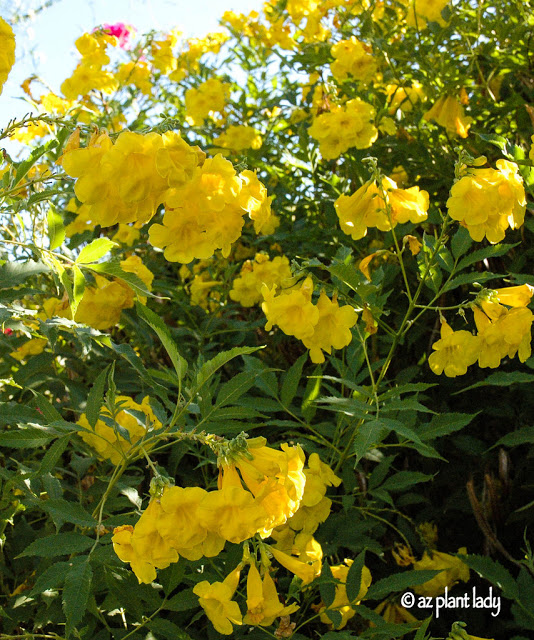

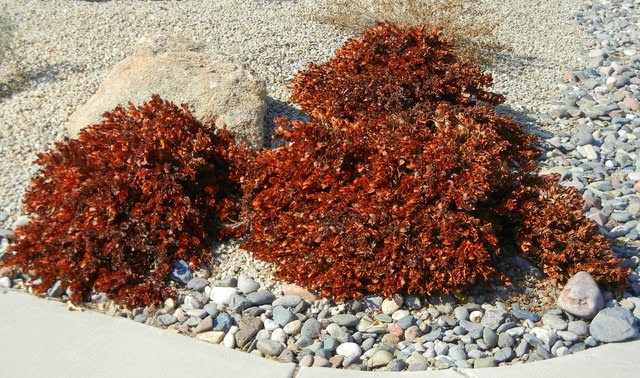
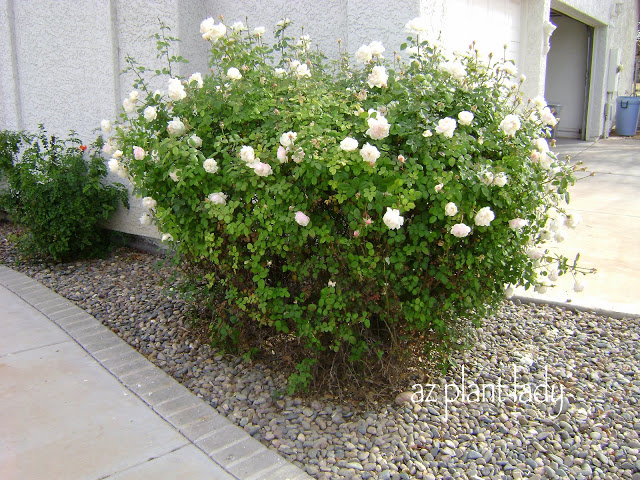

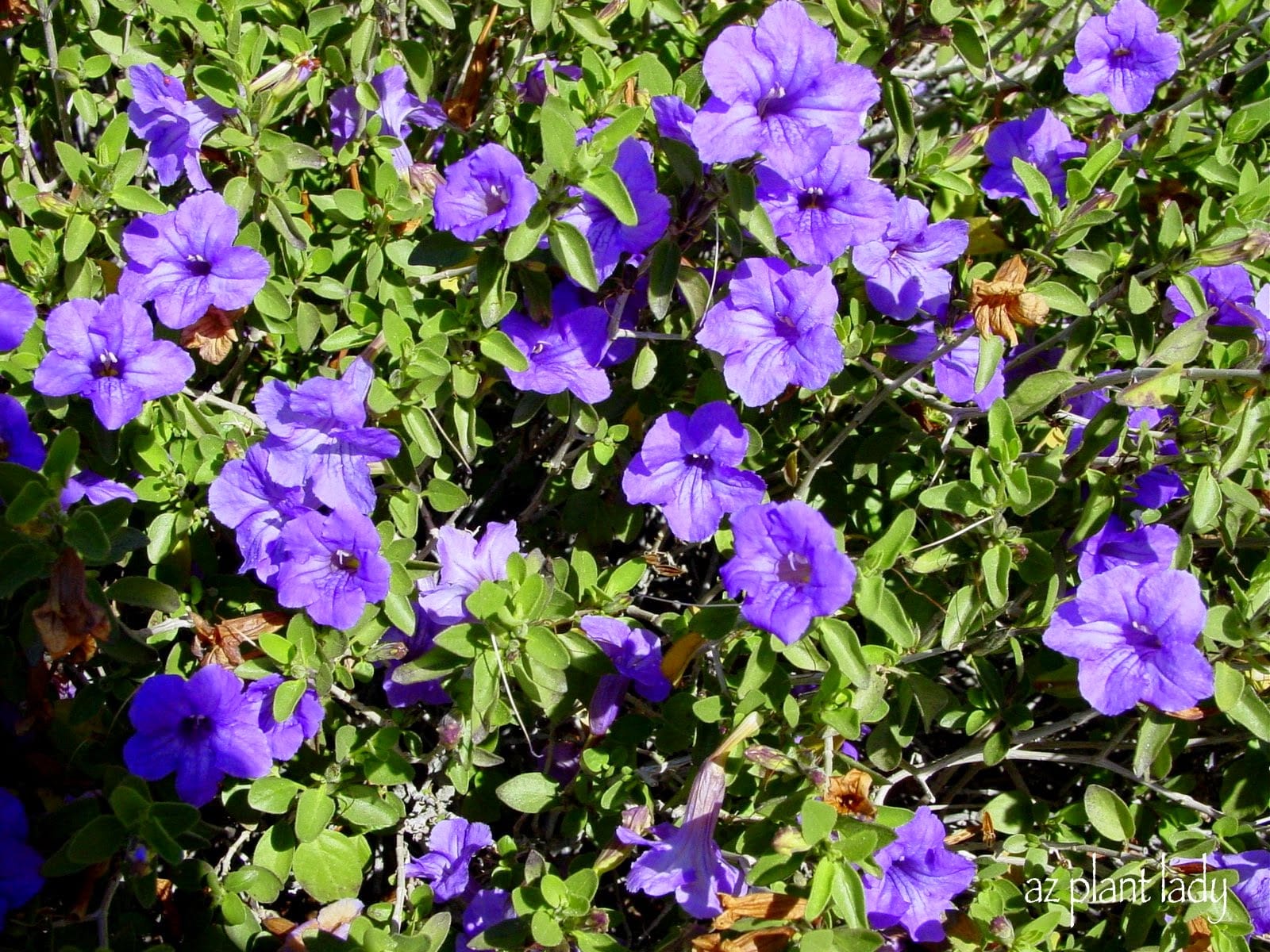







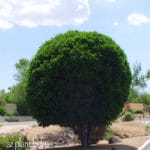
That's great you keep reminding people to be patient for best results. Put up with alot of brown until it's time.
I once pruned several mesquite trees in late Feb (our last frost date avgs 4/5), and by April leaf-out, I lost 12"+ on the branches I pruned. Would have lost nothing had I waited until leaf-out!
This is an excellent post! We have another frost predicted for tonight here in the Tucson metro….and yet people have pruned plants. Not a good move. I'm also leaving the leaf litter on the ground until mid March to keep the roots warm….and there is a lot of leaf litter! Great information. Hope you had a good weekend. Chris:)
Good information. I hope none of us has to mourn the loss of too many plants. Time will tell…
Good info you posted. I am sure in your area you do not get killing frost that often, so I can see why clients question you on their plant's health.
I can't believe how hard this must have been on all your plants… hopefully things revive.
Yes, I'll try to return Tuesday! 🙂
I too, cannot wait to get out there with my pruners…and for tomorrow's post 🙂
My curiosity has the best of me…I'll be here tomorrow to see what you've been up to…Balisha
Great advice. It must have been quite an unusual freeze in your area. I am sorry to hear that but looks like things will recover.
I have a new navel tree that I don't think it made it through the last frost. During the fall our goat ate all the leaves off it. It was slowly starting to set leaves again, but after this last freeze those leaves got crispy and fell off. I did cover it, but I'm afraid it was too young and damaged (it's only about 3 feet tall). The branches do snap when I break them. How long should I wait to see if it will set new leaves? Thanks so much.
Hello Anonymous,
Since you did not mention where you live, I will base my recommendations on zone 9a, which encompasses the greater Phoenix area. I recommend waiting for 2 – 3 weeks to see how your tree is recovering. If it does appear to be too badly damaged to do well, you may want to replace it. March is the best month of the year to plant citrus, although I do hope your tree makes it.
Noelle